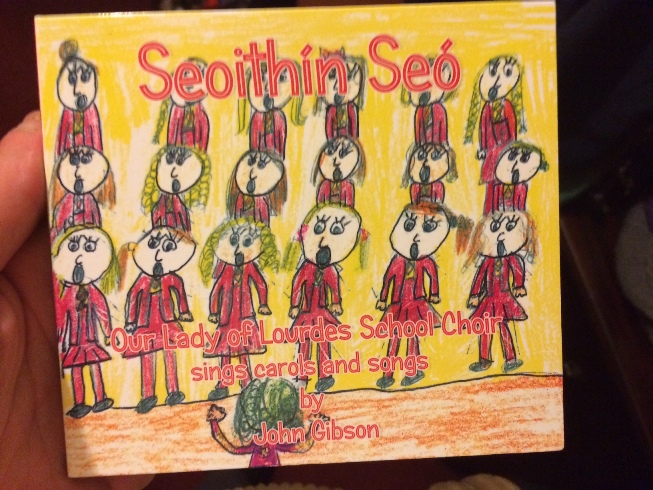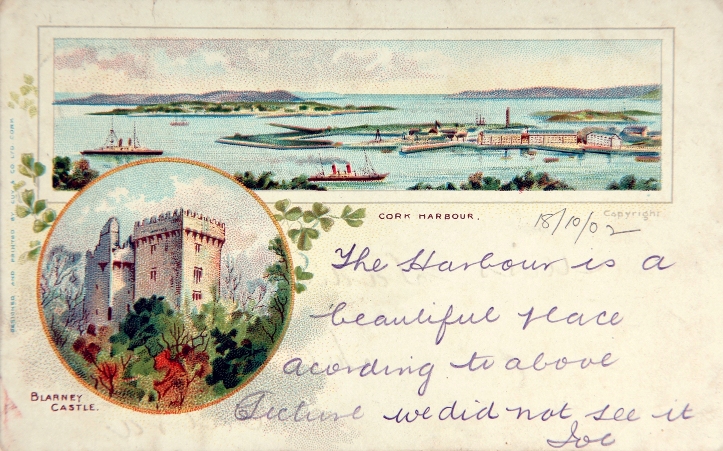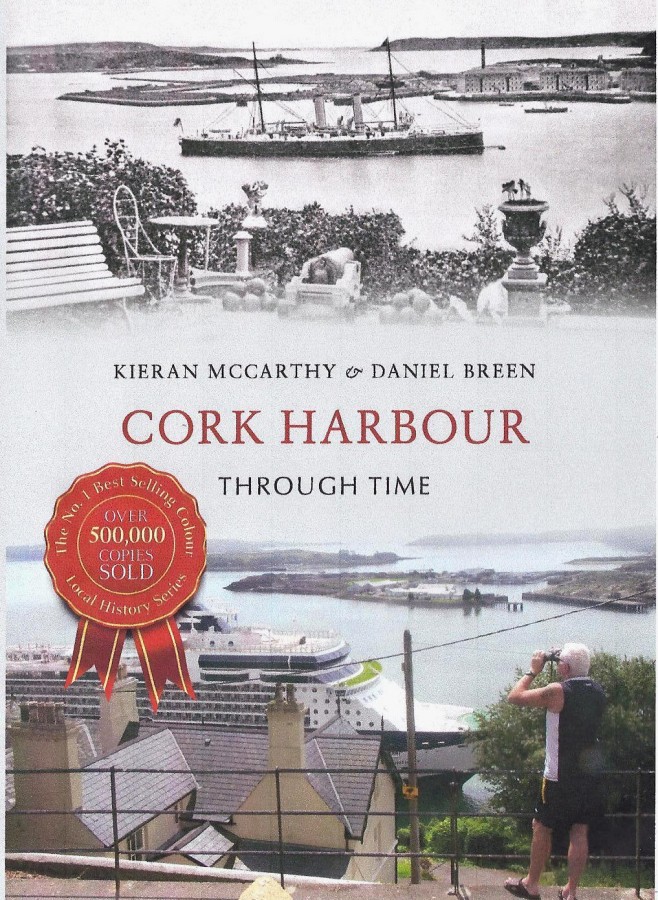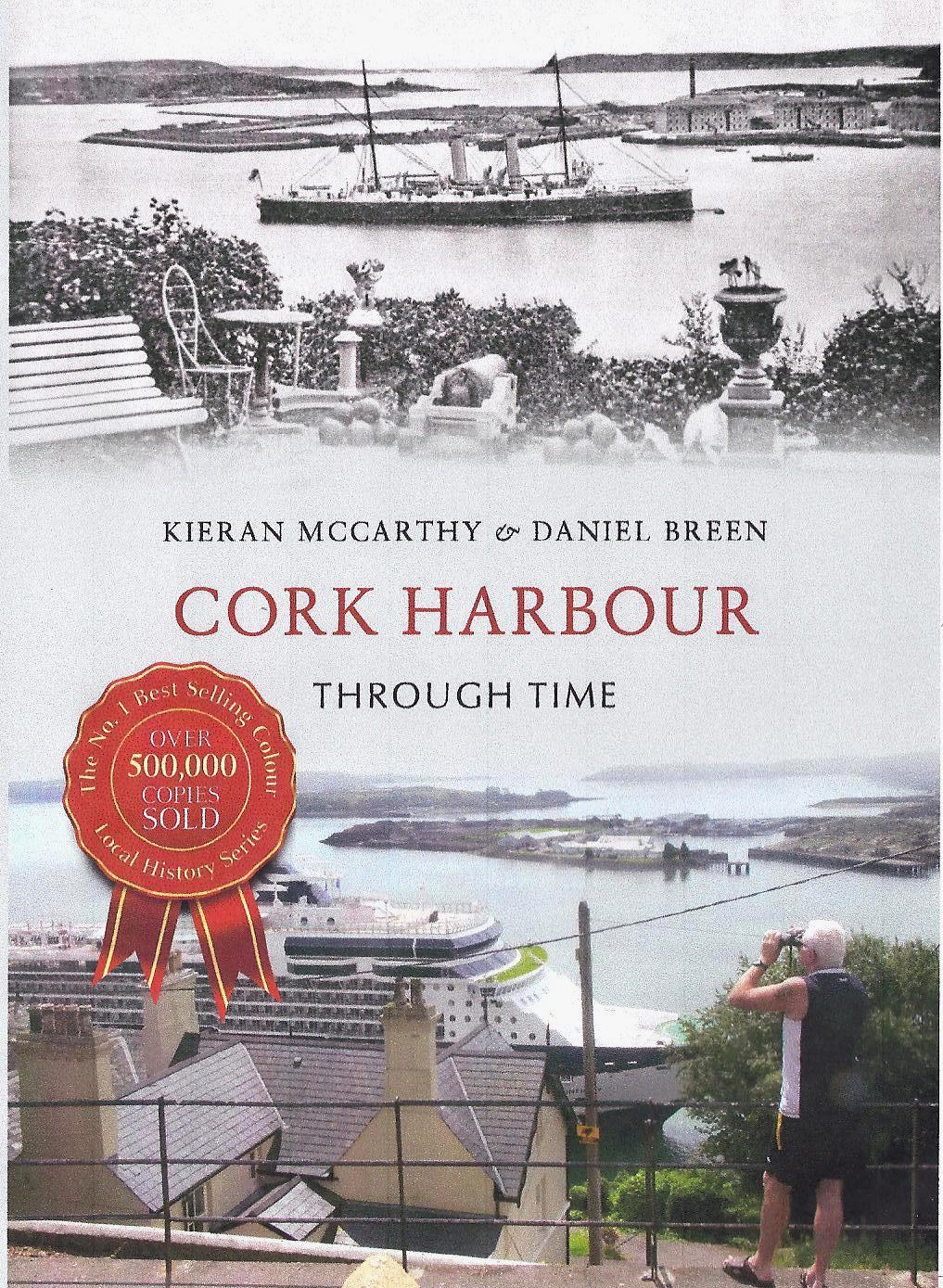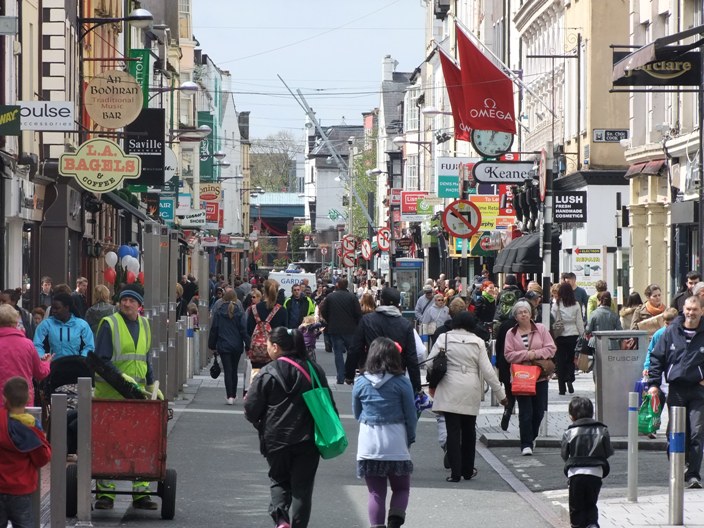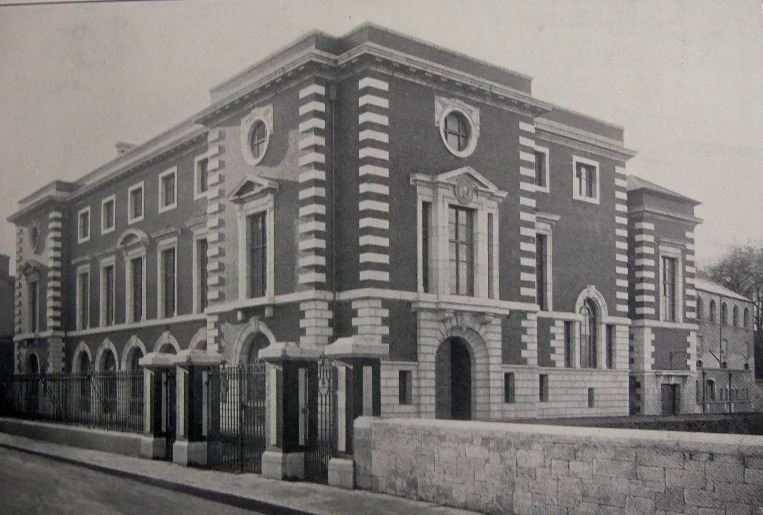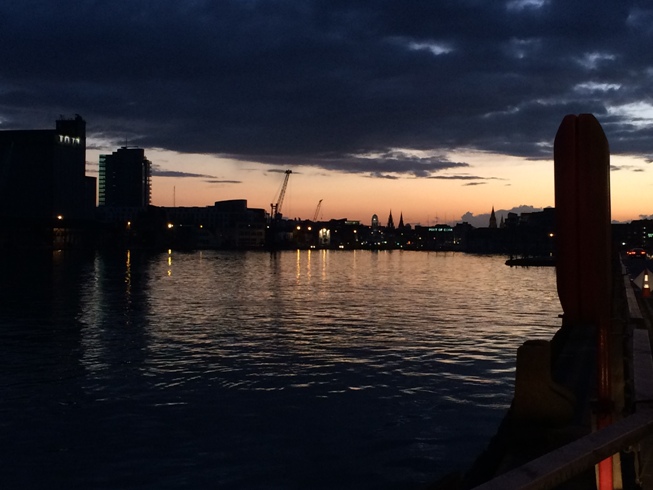Our Lady of Lourdes National School,
School Choir Cd, 2 December 2014,
Speech, Cllr Kieran McCarthy
“The Music Box”
Well done on a really cool and thought provoking cd – John Gibson and the girls have done an amazing job in bringing this project together. What is before us this evening is soothing music crafted by great teamwork between John and the girls. Music has immense power to stop people, fire their imagination, encourage wonder, inspire confidence, motivate people, make people ask questions, and even put people on another track.
Listening to the songs, there is a great sense of journeying in them.
Music Box
The first piece is called Music Box – A box is always an intriguing object, at Christmas time, it’s bound to be full of surprises, which this cd imparts
The piece is about the opening of one of those old magical, spell like and hypnotic music boxes – the music is a reminder of something special found on an old dresser with a smaller mirror and a box full of random objects such as pins, necklaces, combs and pieces of memories like old photos – both the pins and the other objects and the memories hold the world together, to keep us together in a world where there are many random objects and memories to stop us in our tracks.
Track two is called The Light of the World
Track two is called The Light of the World. And on the path of this cd we’re met with the idea of Christ as a lighthouse, whose rays we are all encouraged to embrace. In the song, there are wider ideas as play, the sense of freedom, not to be imprisoned by life, to raise ourselves and others up, the lonely, the orphan, the widow. We have all the potential to be great lighthouses, lighting up paths around us, and each one of us have different talents and different lighthouse shapes, casting different and important lights.
Christmas Carol
The third piece we are brought to a stable to a beautiful Irish piece entitled Christmas Carol – and yep it’s about Baby Jesus in a crib – a story that has crossed centuries, a truth held in many people’s hearts – the story of two proud parents with their new born baby – in that stable they were alone for a time, worried about the health of the child, worried by the politics of the day and probably worried were they doing the right thing – yes there was the unknown but for all that they loved without question that baby boy…for you, parents here this evening, you worry, about many aspect of your children’s lives but you love without question. So perhaps the song calls for more people to love, full stop, love without questioning.
The Lord is my Shepherd
The fourth piece brings us to a valley I think – it is entitled, The Lord is my shepherd, based on that very old but well known psalm, we are presented with many images, one is about travelling in a dark valley seeking leadership, seeking fresh pastures, we need to be comforted, we are thirsty, our drooping spirit needs to be revived, our cup of goodness and righteousness needs topping up. The song keeps coming back to the idea of seeking out what is good for the soul and that we constantly travel that road.
Lullaby Baby
The fifth piece perhaps brings us to a rocking chair where we are met with the rocking and lullabying of a small baby to sleep– we are met with images of calmness, peace, and love and of a child – perhaps after a manic day of tearing around – I think pieces 7 and eight lead us back to a space beyond the lullaby – Christmas Lullaby and Codladh Samh leads us to a dreamworld – a space of endless possibilities, where anything is possible – maybe we all need to dream, find quietness in our lives, to reflect on the most important things in life.
Memorare
The sixth piece brings us to Memorare – John’s work, Mrs Holland’s excellent piano playing invoke the image on going for long walks in the streets – this well known prayer about seeking protection from the Virgin Mary has many key words running through it. The piece opens with the wod “’remember”, an action can make you stand tall or reduce you to tears, such is the power of remembering – the song calls for clemency, its asks for help, it acknowledges faults and failings; this song encourage the listener to look at those around them, that we are not alone in our struggles but sometimes a walk does offer some solice.
Sleigh Bell
Perhaps the last piece Sleigh Bell leads us to this school – the composition has that feeling yes of a sleighing but also the busyness of this school – how anytime you walk through the door you are blown away by the artwork on the walls, the whispers and loud noises behind the classroom doors, the determination and energy of the staff here, the leadership of Mrs Lucey, the passion of John Gibson in this project, the enthusiasm of the pupils, the concerns and love of parents and the parents council. We are very lucky to have such energy in our community. In a way this school is one big music box, full of the most random things and memories,
May your new cd make people stop, fire their imagination, encourage wonder, inspire people, motivate people, make people ask questions, and even put people on another track.
I look forward to hearing the live version here shortly, I’m delighted to be able to officially launch it, Best of luck with and thanks for inspiring us all.
Ends
CDs available from the schoool office at E5.
